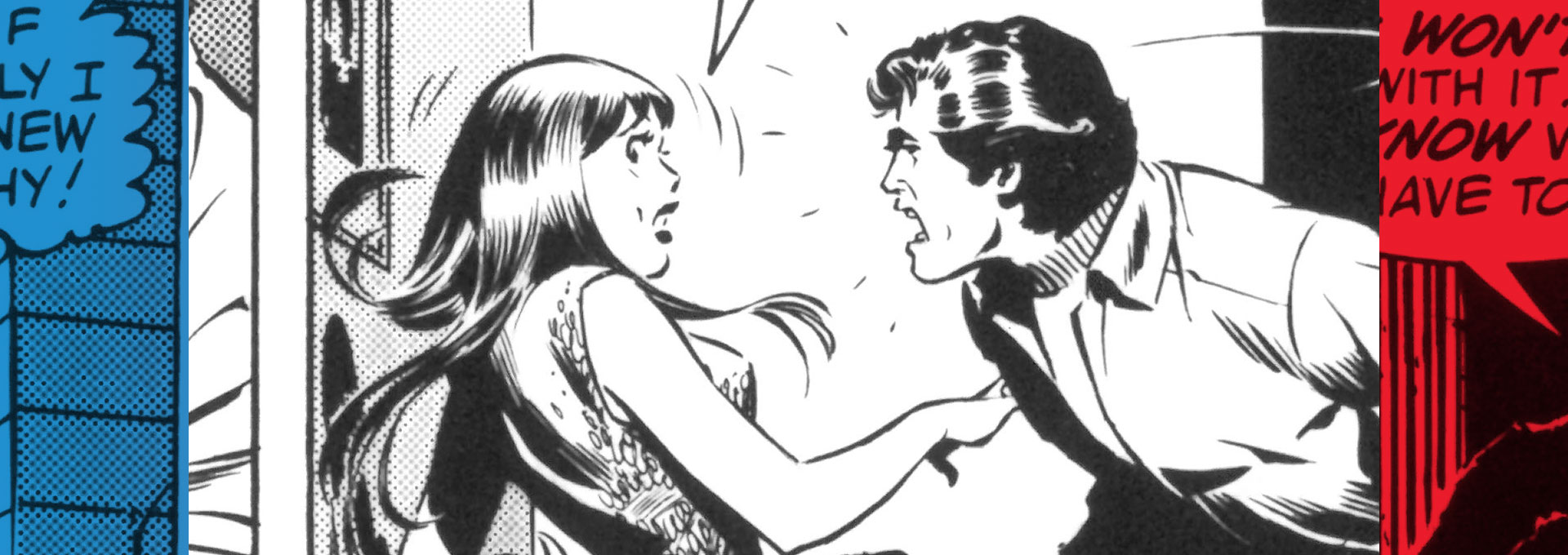After 42 Marvel-ous years, “The Amazing Spider-Man” newspaper comic strip comes to an end this month.
Stan Lee started the strip with John Romita back in 1977, and I’ve had the rare privilege of being the editor for over half its entire run since the mid 1990’s.

Although the strip crossed over with the Marvel comics from time to time, it maintained its own continuity. This included the marriage of Peter Parker and Mary Jane, which continued long after the union was dissolved in the comics.
I got to work with a team of real Marvel legends during its run, including penciller Larry Lieber (Stan’s brother), inker Joe Sinnott, and penciller and inker Alex Saviuk, whose art often graced the pages of Web of Spider-Man, one of the most popular comicbook titles of the 80’s and 90’s. I also got to work with artists Paul Ryan (briefly) and Fred Kida, as well as inker John Tartaglione, and Usagi Yojimbo creator Stan Sakai, who lettered the Sundays for many years, over my long run.
But how exactly was it all done?
We followed the basics of how Marvel comics have been produced for the past fifty plus years – script, pencils, lettering, inks, then colors. We actually worked with the original art boards for both the Dailies and Sundays. There were six daily strips (Monday through Saturday) and one Sunday strip due every week of the year, so vacations and holidays simply weren’t an option. We did our best to alter the schedule to get around those pesky holidays and keep our deadlines.

Stan would do about six weeks of script in a row. These were full scripts, as opposed to the loose plots that Stan would give his artists in the Marvel glory days. The comic strip format was more demanding, with only two to three panels per Daily and about six panels for Sundays, roughly the equivalent to one page in the comicbook format. Stan would give the scripts to me and in turn I’d get them out to our artists, particularly Larry and Alex. To complicate matters, the Sundays, which were colored, had to be turned in weeks earlier than the Dailies. But we had a solid assembly line in place, as first established by Stan himself, and we routinely made those deadlines.
The penciled Dailies or Sundays would arrive via FedEx or fax and Stan would go over them with me, initially, but soon due to his busy schedule he left the Sundays to me. However, Stan really focused on the Dailies. As soon as his brother Larry turned them in, Stan would go over them and call Larry to make small dialogue changes and other last-minute adjustments before the art went out to the letterer. Plus, it gave Stan the perfect excuse to call his brother every week and they’d wrap every call with exchanges of brotherly news.

One great secret to how Stan edited was that his short-term memory was never super strong, even harking back to the glorious Marvel days. Therefore, when the final Daily or Sunday pencils arrived, Stan would have long forgotten the scripts he turned in weeks before, having written dozens of other things in the meanwhile. Therefore, Stan would see everything as new, with a fresh eye, and edit it that way. The ability to see things anew every time he approached any piece of writing was a rare gift. This enhanced his ability to make whatever he had in front of him the very best it could be at that moment, with no concern for what he’d written before.
Eventually we’d get the proofs of the completed strips back from the syndicate, and if there were any last-minute problems, the syndicate – King Features – made it easy to correct.
As Stan grew busier running his own creative companies, such as Stan Lee’s POW! Entertainment, he turned to an old friend to help him plot and then later dialogue the Spidey strip, Roy Thomas. When they reached the point where Roy was doing dialogue, Stan would meticulously edit and revise every word to make sure it maintained that signature Stan Lee style. It became a true collaboration. Roy humbly and gracefully accepted the role of ghost writer and kept the quality of the strip up to Stan’s standards. And I had the privilege of working with yet another Marvel legend right up to the last panel.

Although the Spidey strip will be missed, particularly by me and the artists I worked with for so long, all 42 years of its continuity is out there for fans to appreciate. The Library of American Comics has released the early years of the strip in book format, and hopefully will continue to, and you can still access recent and current strips on kingfeatures.com. Finally, Spidey himself will continue to swing into our lives every day in the Marvel comicbooks, animated shows, movies and games.



